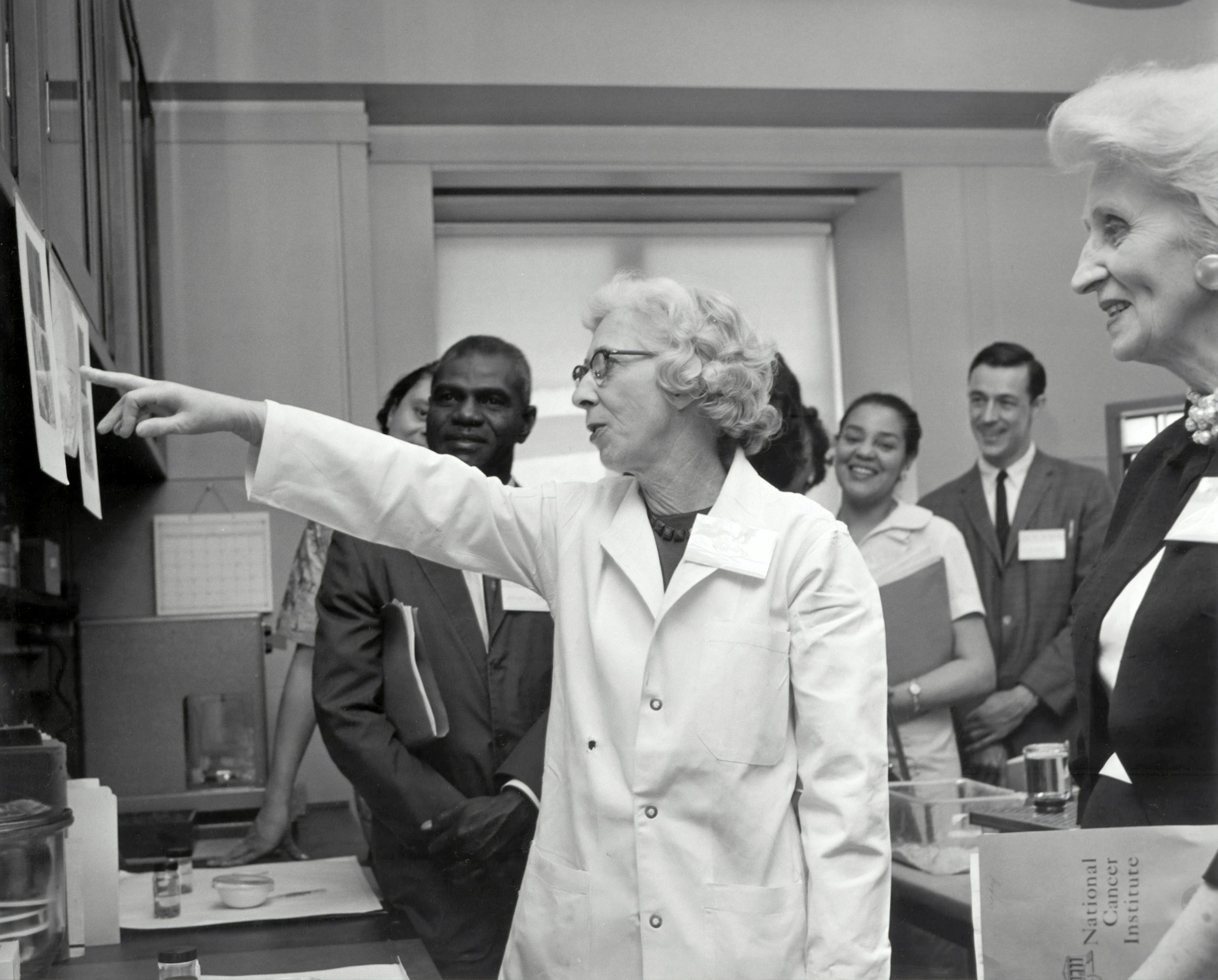“How you feelin, babe? Log it in Eve and watch the magic happen”.
This is the notification I receive every morning. At 9am, as another day of lectures awaits me, I’m offended by this cheerful tone. I also don’t enjoy being called “babe”, not by a significant other, and definitely not by an app. But what is Eve? It’s one of hundreds of period-tracking apps, which have seen a soaring rise in popularity over recent years. In fact, they are the 2nd most popular health apps among teenage girls.1 Some are designed to help women get pregnant, whilst others focus on staying happily pregnancy-free. However, only 2% of these apps advertise development by medical professionals.2 To me, this rings alarm bells, as I’m sure it would to many users. So I decided to find out more about their accuracy in predicting periods.
Each period-tracking app tries to occupy a different niche. Clue is currently no.8 in the health and fitness category of Apple’s app store, and is markedly less pink than most period-tracking apps. Clue provides references for its information, and even allows you to link up with a friend’s cycle (quite weird? I think that’s weird). Period Tracker Lite aesthetically opposes Clue. It has so many flowers and focuses on women who are trying to conceive. Eve by Glow, however, is aimed at younger women. The first question to complete is “Did you get some?”, which says it all about this app. It’s flirty and has a range of features in addition to period-tracking, such as sex quizzes and community polls.
When I decided to research period-tracking apps, I was surprised by the amount of literature on offer. Several reviews have been carried out to determine the accuracy of period-tracking apps and they all came to a similar conclusion – few apps are accurate. A study carried out in 2015 found that 81% of the apps analysed were inaccurate because menstrual cycle predictions were calculated from average cycle lengths from at least 3 previous cycles.3 This is important because 28 days is the mean cycle length, but only 12.5% of women have a cycle that is exactly 28 days long. In reality, regular cycle lengths range from 25-31 days.3 Surprisingly, only 5% actually cited literature in their explanations of the user’s cycle.3
It doesn’t bother me too much that most period-tracking apps are inaccurate. I’m not trying to get pregnant, so it doesn’t matter if my ovulation date isn’t spot on. However, many women use them for other reasons, such as to plan a holiday, or to understand their bodies better.4 It spoils the dream slightly that these apps will probably get it wrong. But this doesn’t mean that I’ll stop using them. There’s something satisfying about logging my mood every day, and being reminded that it’s okay if I’m feeling down today, because it’s probably just the progesterone.
References:
-
Wartella, E. et al. (2015). Teens, health and technology. A national survey. Northwestern University.
-
Moglia, M. et al. (2015). A Review of Smartphone Applications Designed for Tracking Women’s Reproductive Health. Obstetrics and Gynaecology.
-
Moglia, M. et al. (2016). Evaluation of Smartphone Menstrual Cycle Tracking Applications Using an Adapted Applications Scoring System. Obstetrics and Gynaecology.
-
Epstein, D. et al. (2017). Examining Menstrual Tracking to Inform the Design of Personal Informatics Tools. Proceedings of the SIGCHI Conference on Human Factors in Computing Systems.





